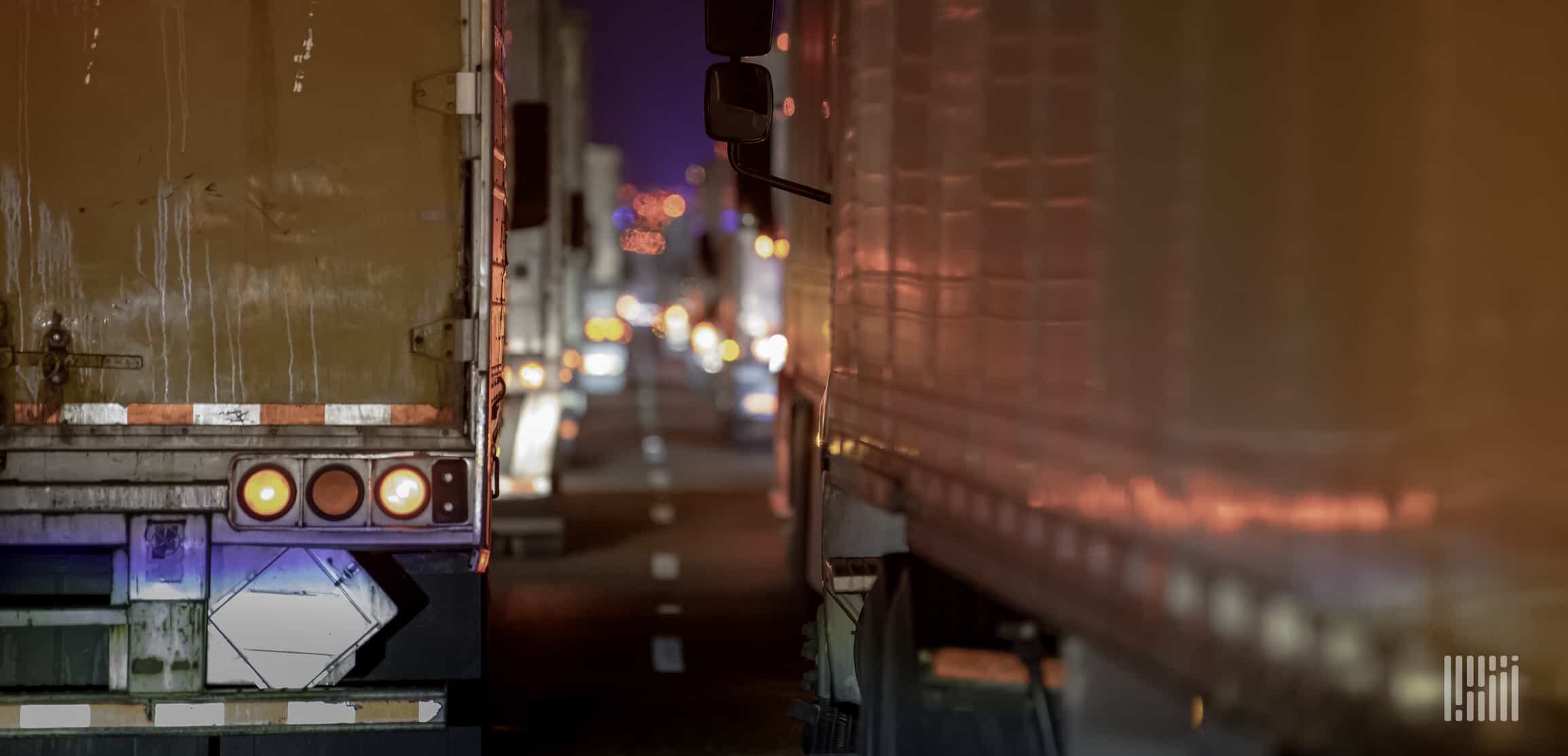If you’ve shopped for vehicle safety features, you’ve probably asked, what is a G sensor dash cam. This dash cam feature can add safety measures and recordings in case of an accident. To decide whether a G sensor dash cam could be valuable for you, keep reading to learn how it works and some of the top buying considerations.
What is a G sensor on a dash cam?
You’ve probably heard of an accelerometer, which is the more common name for a G sensor. These tools exist in a variety of devices, including most smartphones.
The G sensor measures acceleration, or G-force, hence the name. It can sense sudden changes in any direction. Some activities it detects include:
- Braking
- Acceleration
- Crash impact
- Collision while a vehicle is parked
- Someone shaking the vehicle or otherwise tampering with it
How does a dash cam G sensor work?
When the sensor detects movement, it switches the camera into event mode, which will capture dash cam footage and store it either locally or on the cloud. How long the recording is will vary based on the model you use, but many manufacturers record 10 seconds before the incident, during and up to a minute after.
What to consider with dash cams that have a G sensor
While many leading dash cam models feature a G sensor, they are not all the same. Read product descriptions closely to learn more about how the sensor works.
- Video quality: High definition video resolution such as 1080p or 4K will offer the clearest, sharpest footage, enabling the identification of important details such as license plates or faces.
- G sensor sensitivity: The best dash cam with G sensor technology will have an adjustable G sensor to detect accidents and automatically save the footage. However, some G sensors can be overly sensitive, leading to false alarms. Look for dash cams with adjustable sensitivity settings.
- Parking mode: Some G sensor dash cams offer a parking mode that can automatically start recording if it detects a collision while the car is parked.
- Night vision capabilities: This feature is useful for capturing clear images in low-light situations such as driving at night or in underground parking lots.
- Field of view: A wider field of view will capture more of the surrounding area, but can sometimes result in a ‘fisheye’ effect, distorting the image at the edges.
- Loop recording: A dash cam with loop recording will automatically overwrite the oldest files when the memory card is full, ensuring continuous recording.
- Memory capacity: Consider the dash cam’s compatibility with high-capacity memory cards, as more storage space means more recorded footage before overwriting begins.
- Installation and maintenance: Look for dash cams that are easy to install and maintain. Some are plug-and-play, while others may require professional installation.
- Battery life: If you’re using parking mode frequently or if you drive for long periods, you’ll want a dash cam with a long-lasting battery or a hardwiring kit to connect it to the car’s power supply.
- Product reviews and reliability: Look for models that have been well-reviewed by other customers and have a reputation for reliability. Remember, an inexpensive dash cam that fails to record when it’s most needed isn’t a good deal.
G sensor dash cam pros and cons
If you aren’t sure whether a G sensor-enabled dash cam is right for you, consider the following.
Pros
G sensors in dash cams can help:
- Document fault in an accident
- Protect event-related footage, ensuring new data or autodelete functions cannot overwrite it
- Prevent tampering in event mode
- Provide peace of mind
- Capture speed at the time of accident
- Monitor driving habits
- Reduce false claims
- Lower insurance rates
- Prevent theft
Cons
Dash cam G sensors may also:
- Capture incriminating footage in an at-fault accident
- Be a chore to manage, depending on the camera’s sensitivity settings
Added safety and security
Installing a dash cam in commercial vehicles adds a layer of protection for the driver and any materials they transport. By getting a camera equipped with a G sensor, you can further enhance its safety features with automated, protected event recordings that add even more security and peace of mind.
FAQ
G sensor sensitivity tells you when the device will record events. The more sensitive the sensor, the more footage it will store.
G sensors are generally located as close to the center of a device as possible for proper weight distribution and more accurate recordings.
Unless a vehicle is parked, the best setting is generally low because it avoids unnecessary event recordings and storage.
We are excited to announce the launch of move.freightwaves.com, a revolutionary resource designed to transform how consumers choose auto-shipping companies. Check it out today!


